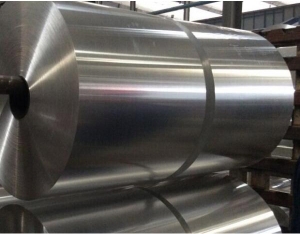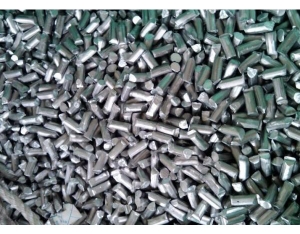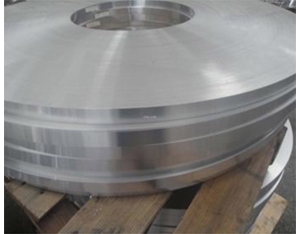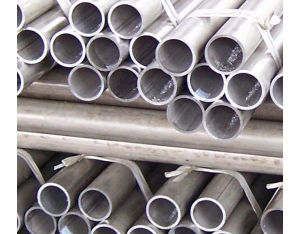On June 11th, Hong Kong reported that according to industry sources in China, the price of alumina in China has decreased by more than 10% since January, and it is unlikely to turn around by the end of this year, as lower costs encourage refineries to increase output.
Aluminum oxide is the main raw material for aluminum production, so refineries usually sell it to aluminum smelters. Aluminum is widely used in various fields, from automobiles to cookware.
China is the world's largest consumer of aluminum. The weakening of alumina prices may increase China's aluminum production and suppress import demand. Aluminum oxide typically accounts for 40% of the cost of raw aluminum.
According to sources from the smelter, the spot aluminum oxide quotation in the Chinese market this week is approximately 2350 to 2550 yuan per ton, lower than the price of approximately 2800 yuan in January. Traders claim that this price is also lower than the dutiable price of imported alumina, which is approximately 2550-2650 yuan.

This month, the spot price of an alumina shipment sold to China was $347 per ton, compared to over $350 in April.
In comparison, Shanghai aluminum prices rose by more than 1% on Thursday from their low point in January this year to 12785 yuan, supported by measures by large smelters to restrict spot sales.
This year, the import cost has always been higher than the local alumina price, and most of the imports are long-term contracts, "said the trade manager of a state-owned aluminum smelter, who declined to be named because he was not authorized to comment on the media.
China's alumina imports plummeted by 40% from January to April 2015 compared to the same period last year.
The above trade manager stated that due to the decrease in coal and electricity prices, the costs of many alumina smelters in China have decreased. He estimated that the current cost is approximately RMB 1600-2300 per ton.
An analyst at a futures company stated that this was a decrease of 200 yuan compared to the fourth quarter of 2014.









